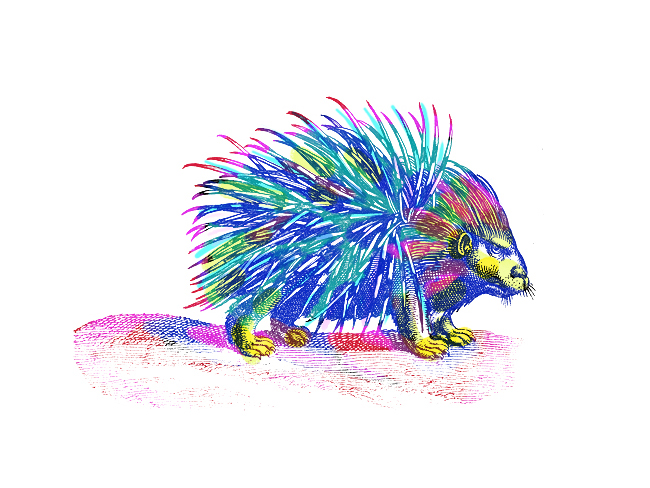
|
Die neuen Zeitmaschinen
Von Philip Ursprung, 2002 Was wäre, wenn die Theoretiker Recht haben, die prophezeien, dass wir uns bald in einer ewigen Gegenwart befinden, dass es kein zeitliches Nacheinander, sondern nur ein räumliches Nebeneinander geben, dass die Geschichte an ihr Ende gelangen und einem alles umfassenden Gleichgewicht von Aufbau und Zusammenbruch weichen werde? Gerda Steiner und Jörg Lenzlinger haben Bilder für diese ebenso brisanten wie unbeantwortbaren Fragen geschaffen. Ihre Installationen drehen sich um den Prozess der Kristallisation. Sie verändern sich im Lauf der Ausstellungsdauer. Sie wachsen, sie treiben Blüten, sie verhärten sich und überdecken ihre eigenen Träger mit Krusten aus farbigen Kristallen. Sie umfangen die umgebende Architektur und die Besucher in einem betörenden, verführerischen Gespinst. Künstliches und Natürliches, Apparatur und Organismus sind untrennbar verwoben. Ihre Installationen sind atemberaubend schön. Und zugleich verströmen sie einen Hauch von ewiger Eiszeit. In den klassischen Science-Fiction-Romanen dienen Zeitmaschinen dazu, sich frei in die Vergangenheit und Zukunft zu bewegen. Diese linearen Fortbewegungsmittel sind zusammen mit dem Fortschrittsglauben in den 1960er Jahren verschwunden. Sie haben der Schilderung von entropischen Prozessen Platz gemacht. So werden die Menschen in J. G. Ballards Roman The Crystal World (1966) irgendwo im Urwald Zeuge, wie sich die Gegenstände zu kristallisieren beginnen. Sie sind fasziniert von der rätselhaften Schönheit dieses Vorgangs, obwohl sie ahnen, dass er bald den gesamten Planeten wird erstarren lassen. Steiners und Lenzlingers Kunst überlässt es den Besuchern zu entscheiden, ob es sich um eine optimistische oder pessimistische Atmosphäre handelt. Aber dadurch, dass sie Innen und Aussen, Erinnerung und Aktualität, Tagtraum und Beobachtung verwickelt, macht sie deutlich, dass eine Position der Distanz unmöglich geworden ist und dass es kein Aussen mehr gibt. |
The new time machines
By Philip Ursprung, 2002 What if some theorists are right when they prophesy that we shall soon find ourselves in an eternal present when there will be no temporal succession but that everything will coexist in space, that history will come to an end and give way to an all-embracing equilibrium of construction and destruction? Gerda Steiner and Jörg Lenzlinger have created images for these questions, which are both highly relevant and impossible to answer. Their installations centre on the process of crystallisation. The works mutate in the course of the exhibition. They grow, put out flowers and solidify, covering their own material with crusts of coloured crystals. They encompass the surrounding architecture and visitors in a dazzling, seductive web. The artificial and the natural, apparatuses and the organism are inseparably intertwined. The two artists’ installations are breathtakingly beautiful while at the same time evoking an eternal ice age. In classic science fiction novels, time machines make it possible to move freely in the past and the future. Such linear means of transport disappeared in the 1960s together with the belief in the unlimited benefits of progress. They made way for descriptions of entropic processes. Characters in J. G. Ballard’s novel The Crystal World (1966) witness how objects somewhere in the jungle begin to crystallise. They are fascinated by the mysterious beauty of the process, while sensing that it will soon result in the entire planet‘s petrification. The works of art created by Steiner and Lenzlinger leave it to visitors to decide whether their atmosphere is optimistic or pessimistic. Yet because the two artists merge what is inside and outside, fuse together memories and the present moment, daydreaming and observation, they make it apparent that a position of distance has become impossible and that the outside no longer exists. |